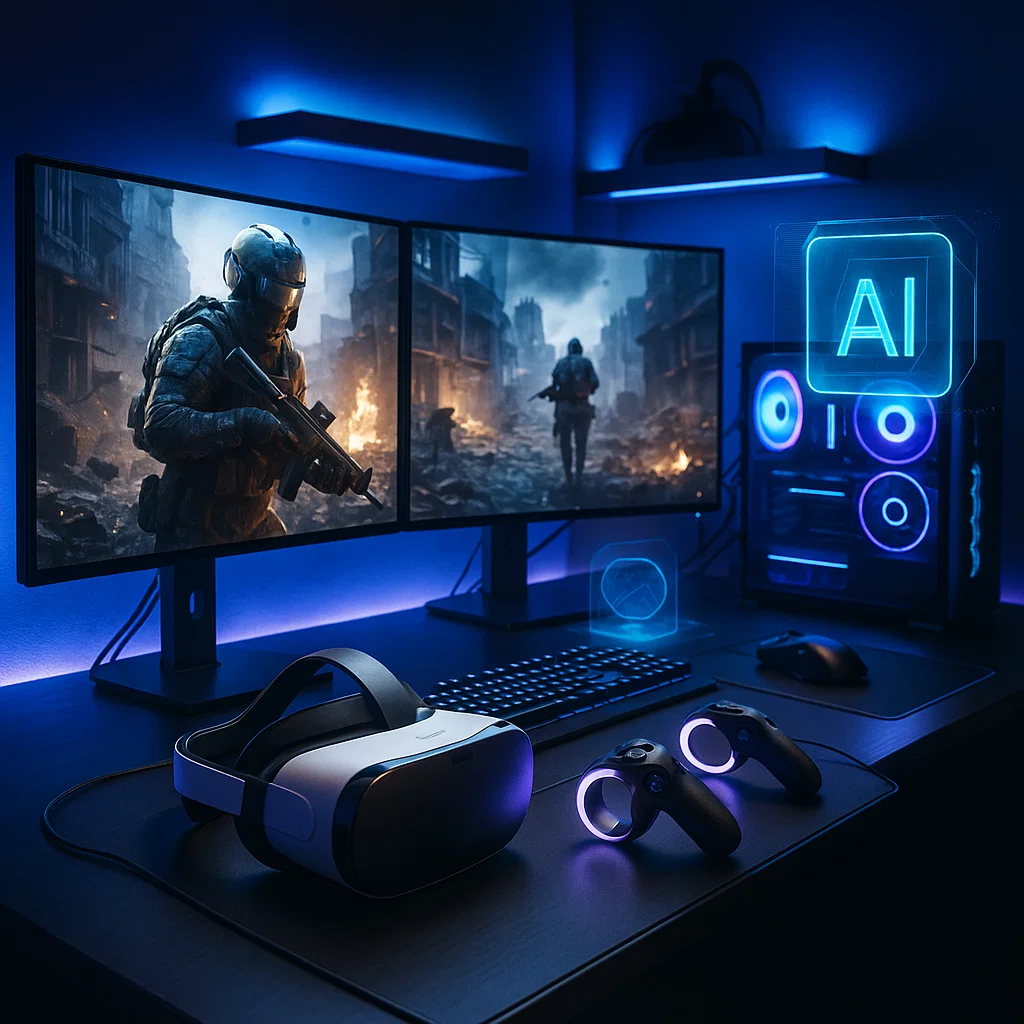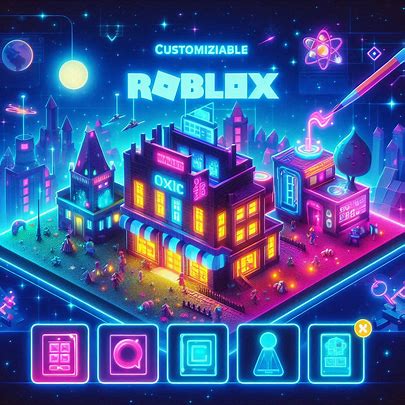Video game technology has evolved from simple pixel-based entertainment into sophisticated interactive experiences that rival Hollywood productions in complexity and exceed them in audience engagement. Like rupvote.com platforms that showcase community preferences and trending content, modern gaming demonstrates how advanced technology creates immersive worlds that captivate global audiences.
These technological achievements represent some of the most impressive consumer applications of cutting-edge computing, graphics processing, and artificial intelligence available today. Modern gaming showcases the pinnacle of consumer technology innovation and interactive entertainment possibilities.
Photorealistic Graphics Rendering

Contemporary games achieve visual fidelity that approaches photorealism through advanced rendering techniques, ray tracing technology, and incredibly detailed texture work. Character models now contain millions of polygons with realistic facial expressions, skin textures, and clothing physics.
Environmental details include accurate weather systems, dynamic lighting, and particle effects that create believable virtual worlds indistinguishable from reality in many circumstances.
Artificial Intelligence Integration
AI games have progressed from simple scripted behaviors to sophisticated systems that adapt to player strategies and create unique experiences. Non-player characters now exhibit complex decision-making, emotional responses, and learning capabilities that make interactions feel genuinely human. Machine learning techniques enable AI opponents to evolve over time, presenting fresh challenges that keep gameplay engaging.
Procedural generation algorithms create vast, unique worlds that provide endless exploration opportunities without repetitive content.
Virtual and Augmented Reality Immersion
VR technology has achieved the long-promised goal of complete sensory immersion through a number of different ways similar to:
· High-resolution displays
· Precise motion tracking, and;
· Haptic feedback systems
Players can physically interact with virtual environments through hand tracking, eye movement detection, and spatial audio that creates convincing presence. AR applications overlay digital elements onto real-world environments, creating hybrid experiences that blend physical and virtual interactions seamlessly.
Cloud Gaming and Streaming Technology
Cloud computing has eliminated hardware limitations by moving processing power to remote servers, enabling players to access high-end gaming experiences on basic devices. Streaming technology delivers console-quality gaming through web browsers with minimal latency. These advances democratize access to premium gaming experiences regardless of personal hardware investments.
Social Gaming Evolution
Modern games create persistent social environments where millions of players interact simultaneously in shared virtual spaces. Games developed today can be played in multiple platforms enabling almost instantaneous access regardless of the device used. Integrated streaming and content creation tools allow players to share experiences and build communities around gaming content, transforming gaming from isolated entertainment into social platforms that rival traditional social media in engagement and influence.

